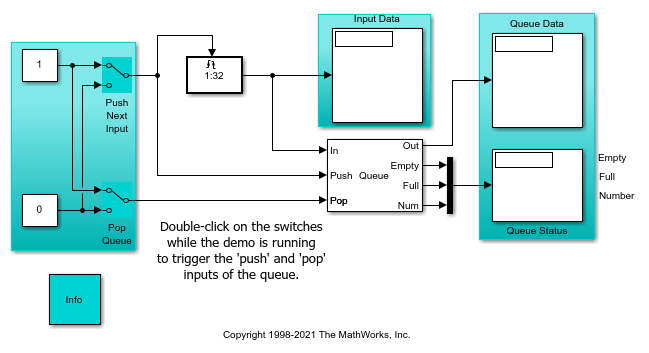Triggered Signal From Workspace
Import signal samples from MATLAB workspace when triggered
Libraries:
DSP System Toolbox /
Signal Operations
Description
The Triggered Signal From Workspace block imports signal samples from
the MATLAB® workspace into the Simulink® model when triggered by the control signal at the input port (![]() ). The Signal parameter specifies the name of a
MATLAB workspace variable containing the signal to import, or any valid
MATLAB expression defining a matrix or 3-D array.
). The Signal parameter specifies the name of a
MATLAB workspace variable containing the signal to import, or any valid
MATLAB expression defining a matrix or 3-D array.
Examples
Ports
Input
Output
Parameters
Block Characteristics
Data Types |
|
Direct Feedthrough |
|
Multidimensional Signals |
|
Variable-Size Signals |
|
Zero-Crossing Detection |
|
Extended Capabilities
Version History
Introduced before R2006a
